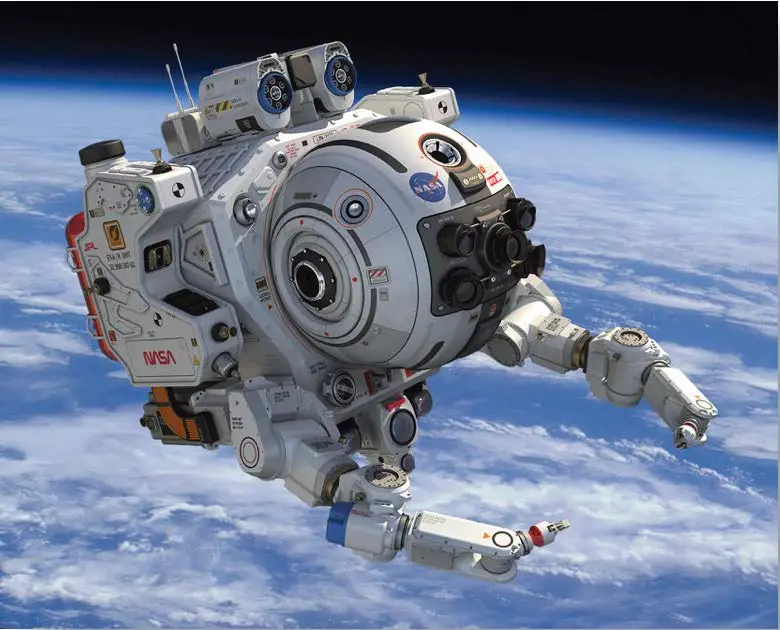Did you know that the average person has between 50,000 and 70,000 thoughts per day? That’s a lot of thinking! And it’s no wonder that so many of us feel overwhelmed and stressed out. We’re constantly trying to juggle work, family, and social obligations, all while dealing with an ever-growing to-do list.
One way to ease the mental burden is to automate certain tasks. Automation can help us save time, reduce stress, and increase our efficiency. And that’s why more and more companies are automating their loading docks.
If you’re not familiar with automated loading docks, they are systems that use machines to load and unload trucks. Automated loading docks can either be integrated with an existing loading dock or they can be standalone units. There are a number of different types of automated loading docks, but they all have one thing in common: they make the loading and unloading process faster, easier, and safer.
What are automated loading docks and what benefits do they offer companies?
What are automated loading docks?
Automated loading docks are systems that use machines to load and unload trucks. Automated loading docks can either be integrated with an existing loading dock or they can be standalone units. There are a number of different types of automated loading docks, but they all have one thing in common: they make the loading and unloading process faster, easier, and safer.
What are the benefits of automated loading docks?
They save time
The average loading dock worker can load or unload about 10 trucks per day. With an automated system, that number jumps to 30 or more. That’s a significant increase in productivity.
They reduce stress
Loading and unloading trucks is a physically demanding job. Automating the process can help reduce the risk of injury to workers and ease the mental burden of having to constantly lift heavy objects.
They improve safety
According to the Bureau of Labor Statistics, there are about 24,000 workplace injuries and illnesses related to loading and unloading each year. Automated systems can help reduce the risk of injury by taking on some of the physically demanding tasks, such as lifting heavy objects.
They boost efficiency
Automated loading docks are designed to be more efficient than traditional loading docks. They can load and unload trucks faster and with fewer errors.
They’re versatile
Automated loading docks can be customized to meet the specific needs of your business. There are a number of different types of systems available, so you can choose the one that best fits your company’s needs.
They’re scalable
As your business grows, you can easily add more automated loading docks to keep up with the increased demand.
They’re cost-effective
Automated loading docks can save your company money in a number of ways. They can help reduce labor costs, increase efficiency, and improve safety. All of these factors can lead to a decrease in your company’s insurance premiums.
They’re environmentally friendly
Automated loading docks can help your company reduce its carbon footprint. By increasing efficiency and reducing emissions, automated systems can help you do your part to protect the environment.
They’re easy to use
Automated loading docks are designed to be user-friendly. They’re easy to operate and require minimal training.
They’re low maintenance
Automated loading docks are built to last. They’re durable and require little maintenance, so you can focus on running your business instead of worrying about your loading dock.
They come with a warranty
When you purchase an automated loading dock, you can rest assured knowing that it’s covered by a warranty. This gives you peace of mind in knowing that your investment is protected.
Automated loading docks offer a number of benefits to companies. They save time, reduce stress, improve safety, boost efficiency, and are cost-effective. They’re also easy to use and require little maintenance. If you’re looking for a way to improve your loading dock, consider investing in an automated system.
How do automated loading docks work and what are the different types available on the market?
How do automated loading docks work?
Automated loading docks are designed to make the loading and unloading process faster and easier. They can be customized to meet the specific needs of your business, and come with a warranty. There are a number of different types of automated loading docks available on the market, so you can choose the one that best fits your needs.
The most common type of automated loading dock is the conveyor belt system. This system consists of a series of belts that move goods from one point to another. The belts are powered by an electric motor, and can be controlled by a central computer system.
Another type of automated loading dock is the roller system. This system uses a series of rollers to move goods from one point to another. The rollers are powered by an electric motor, and can be controlled by a central computer system.
The third type of automated loading dock is the robotics system. This system uses robotic arms to load and unload goods. The robotic arms are controlled by a central computer system.
What are the different types of automated loading docks available on the market?
There are three main types of automated loading docks available on the market: conveyor belt systems, roller systems, and robotics systems. Each type has its own advantages and disadvantages, so you’ll need to decide which one is best for your business.
Conveyor belt systems are the most common type of automated loading dock. They’re simple to operate and require minimal training. They’re also low maintenance and scalable. However, they have a higher initial cost than other types of automated loading docks.
Roller systems are less common than conveyor belt systems, but they offer some advantages. They’re more durable than conveyor belt systems and can handle heavier loads. They’re also easy to maintain. However, they have a higher initial cost than other types of automated loading docks.
Robotics systems are the most expensive type of automated loading dock. They offer the highest level of efficiency and accuracy. However, they require a higher level of training and maintenance.








